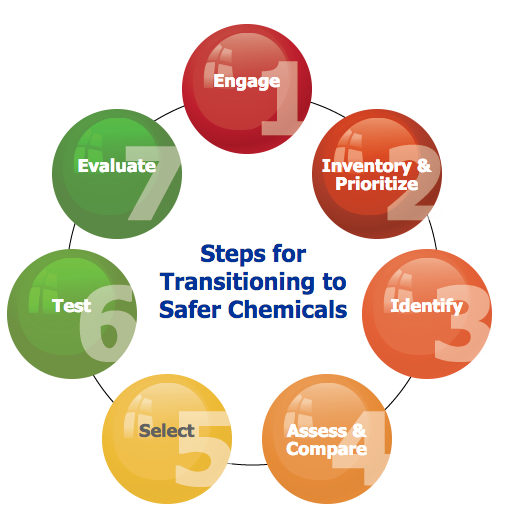
The U.S. Department of Labor's Occupational Safety and Health Administration launched two new Web resources to assist companies with keeping their workers safe from exposure to hazardous chemicals.
While many chemicals are suspected of being harmful, OSHA's exposure standards are out-of-date and inadequately protective for the small number of chemicals that are regulated in the workplace. The first resource OSHA has created is a toolkit to identify safer chemicals that can be used in place of more hazardous ones. This toolkit provides information, methods, tools and guidance to either eliminate hazardous chemicals or make informed substitution decisions in the workplace by finding a safer chemical, material, product or process. The toolkit is available at www.osha.gov/dsg/safer_chemicals/index.html.
"We know that the most efficient and effective way to protect workers from hazardous chemicals is by eliminating or replacing those chemicals with safer alternatives whenever possible," said Dr. David Michaels, assistant secretary of labor for occupational safety and health.
OSHA also created annotated permissible exposure limits, or annotated PEL tables, which will enable employers to voluntarily adopt newer, more protective workplace exposure limits. OSHA's PELs set mandatory limits on the amount or concentration of a substance in the air to protect workers against the health effects of certain hazardous chemicals and OSHA will continue to enforce those limits. Since OSHA's adoption of the majority of its PELs more than 40 years ago, new scientific data, industrial experience and developments in technology indicate that in many instances these mandatory limits are not sufficiently protective of workers' health.
The annotated PEL tables provide a side-by-side comparison of OSHA PELs for general industry to the California Division of Occupational Safety and Health PELs, the National Institute for Occupational Safety and Health recommended exposure limits and the American Conference of Governmental Industrial Hygienist threshold limit values. A reference source for up-to-date workplace exposure limits is available at www.osha.gov/dsg/annotated-pels/index.html.
For more information, visit www.osha.gov.
Related Glossary Terms
- web
web
On a rotating tool, the portion of the tool body that joins the lands. Web is thicker at the shank end, relative to the point end, providing maximum torsional strength.






